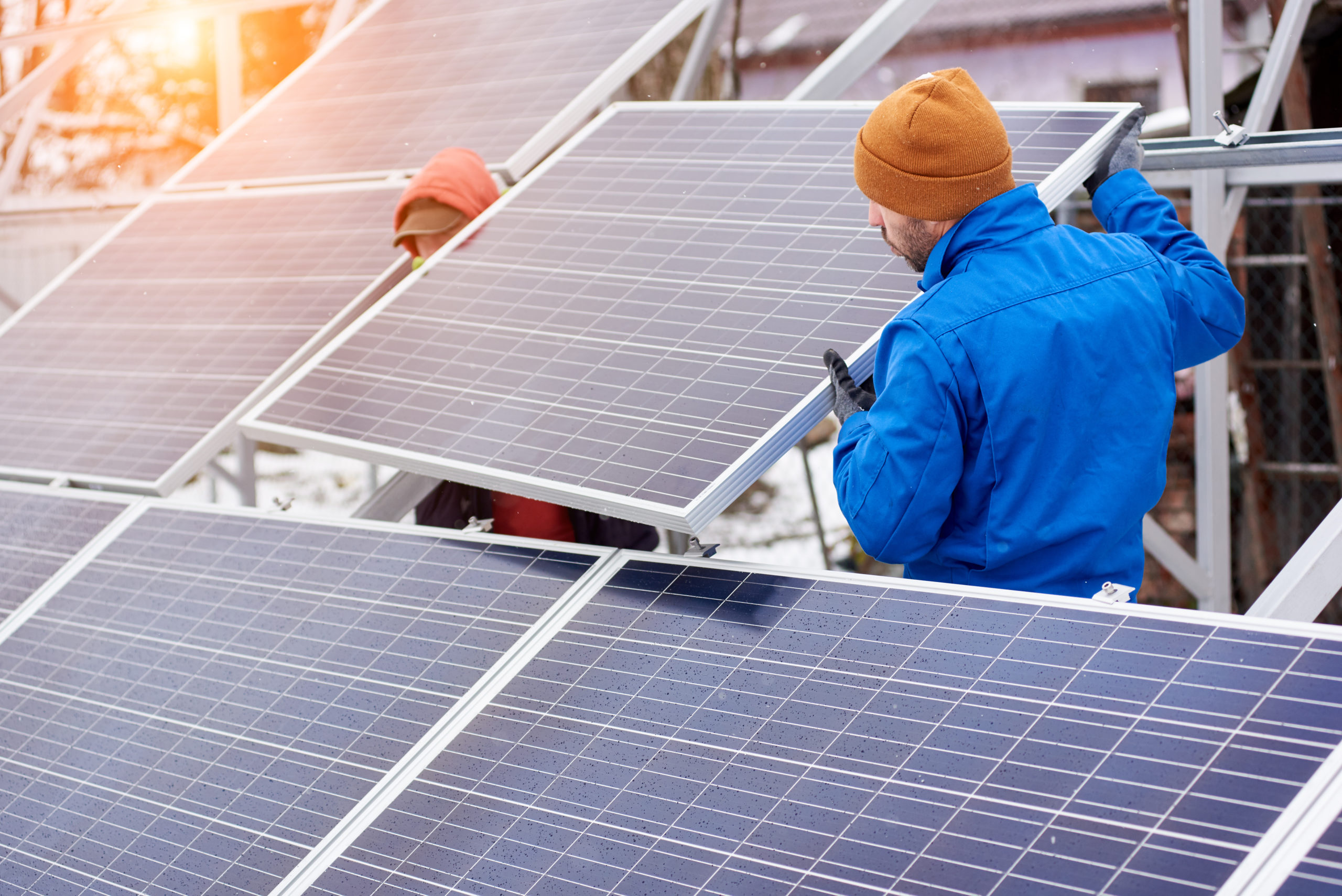Stop, do not attempt to connect your solar panels to the grid yourself unless you are a trained professional. Connecting your solar panels to the grid is actually very beneficial but best handled by a professional, due to the high voltage associated with the system. Attempting a DIY install could result in serious injury.
That being said there are quite a few things you need to know about connecting your solar panels to the grid.
The first step is to do your research. You want to make sure your aware of any specific brand requirements or restrictions your state may have in place. Also, some states require you to have a disconnect, which acts like a breaker box, to separate the panels from the rest of the system. Your installer will know about all these things as well and can help you with your selections.
Next you need to contact your local utility provider and discuss with them what your trying to accomplish. Remember those benefits we mentioned earlier? Connecting to the grid not only gives you the security of a backup power supply for your own home, which is great in itself, but also gives you the opportunity to sell electricity back to your power company! That’s right, generate enough juice and the electric company will be paying you!
Keep in mind that energy produced from a solar panel is direct current, or DC. That means it only flows one way. The energy we use in our homes and with most electronics is alternative current, or AC, which flows both ways.
Fun fact, we use AC because the high voltage alternating current is easier and more efficient to send long distances through power lines and wires.
You will need an inverter to transmit the DC energy into AC before you can use the power in your home, or connect to the grid.
So the solar panels will connect to the inverter to transmit the DC energy into AC. The inverter will most likely need to be connected to the above mentioned disconnect, depending on your state. Then the disconnect will be connected to the meter which will connect to the main grid.
You will also need to have your power company install any additional meters required to accurately monitor grid input, output and your actual off grid use.
Once you’ve hired your installer, done your research, and spoken with your utility provider you will just need to be sure you have all the necessary components mentioned above and let the installer do the rest. All that’s left to do now is sit back and enjoy the benefits of being energy efficient.







